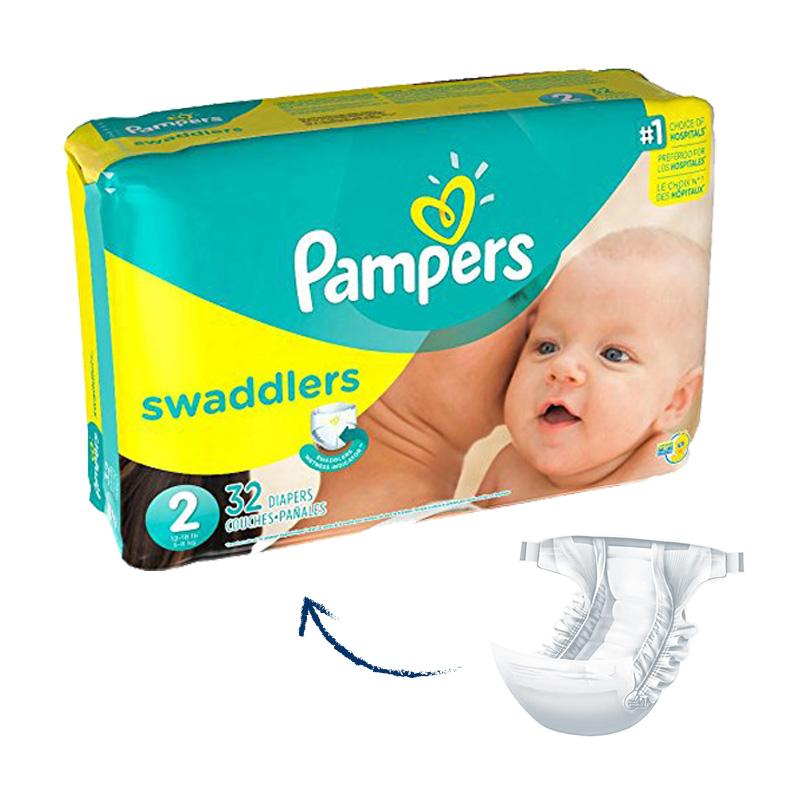
# Dog Food Packaging Bag: Essential Guide for Pet Owners
## Introduction to Dog Food Packaging Bags
When it comes to keeping your furry friend healthy and happy, the quality of their food is paramount. However, equally important is how that food is stored and preserved. Dog food packaging bags play a crucial role in maintaining the freshness, nutritional value, and safety of your pet’s meals.
## Types of Dog Food Packaging Bags
### 1. Stand-Up Pouches
These popular bags feature a flat bottom that allows them to stand upright, making storage and access convenient. They often come with resealable zippers to maintain freshness.
### 2. Flat Bags
Simple and cost-effective, flat bags are commonly used for smaller quantities of dog food. They typically require clips or containers for proper sealing after opening.
### 3. Vacuum-Sealed Bags
These premium options remove air before sealing, significantly extending shelf life by preventing oxidation and bacterial growth.
### 4. Multi-Layer Barrier Bags
Constructed with multiple layers of materials, these bags offer superior protection against moisture, oxygen, and light – the three main enemies of food freshness.
## Key Features to Look For
### 1. Material Quality
High-quality dog food bags should be made from food-grade materials that are:
– Non-toxic
– Odor-resistant
– Durable enough to prevent tears
### 2. Resealability
Look for bags with:
– Sturdy zipper closures
– Velcro seals
– Fold-over tops with secure fasteners
### 3. UV Protection
Bags with UV-blocking materials help preserve nutrients that can degrade when exposed to light.
Keyword: dog food packaging bag
### 4. Proper Labeling
Quality packaging should clearly display:
– Ingredients list
– Nutritional information
– Feeding guidelines
– Expiration date
– Manufacturer details
## Benefits of Proper Dog Food Packaging
### 1. Preserves Freshness
Proper packaging prevents:
– Oxidation of fats
– Loss of essential nutrients
– Development of rancid odors
### 2. Prevents Contamination
Good packaging acts as a barrier against:
– Moisture
– Pests
– Bacteria
– Environmental pollutants
### 3. Maintains Nutritional Value
By protecting against air, light, and moisture, quality packaging helps retain:
– Vitamins
– Minerals
– Protein quality
– Essential fatty acids
## Storage Tips for Opened Dog Food Bags
1. Always reseal the bag tightly after each use
2. Store in a cool, dry place away from direct sunlight
3. Consider transferring food to an airtight container while keeping it in the original bag
4. Avoid storing near cleaning products or chemicals
5. Use within the recommended timeframe after opening
## Environmental Considerations
Many pet owners are now seeking eco-friendly packaging options:
– Biodegradable bags
– Compostable materials
– Recyclable packaging
– Reduced plastic content
## Choosing the Right Size
Select packaging based on:
– Your dog’s size and consumption rate
– Available storage space
– Frequency of purchases (bulk vs. smaller quantities)
Remember that larger bags may offer cost savings but require proper storage to maintain freshness throughout usage.
## Conclusion
The right dog food packaging bag does more than just hold kibble – it’s an essential tool in maintaining your pet’s health through proper food preservation. By understanding the different types, features, and proper handling of dog food packaging, you can ensure your canine companion enjoys fresh, nutritious meals every time. Always inspect packaging for damage before purchase and follow storage recommendations to maximize food quality and safety.